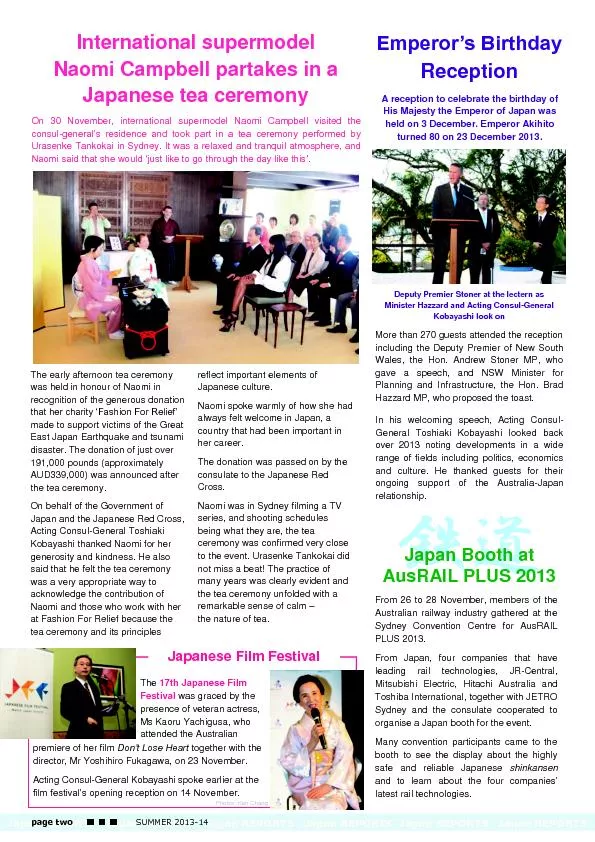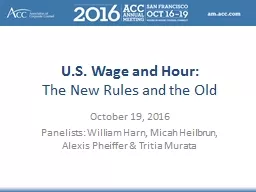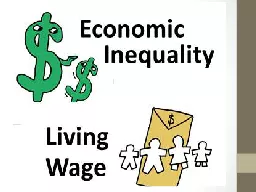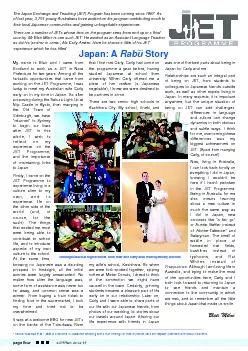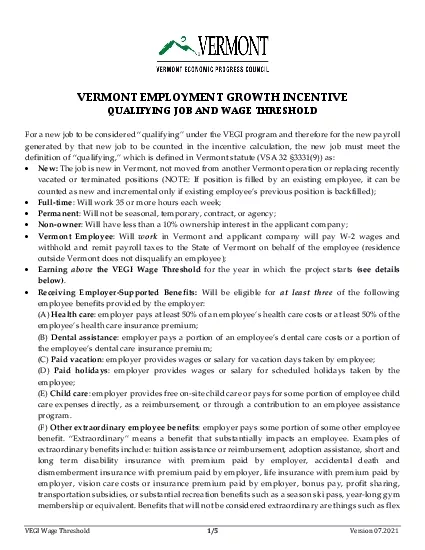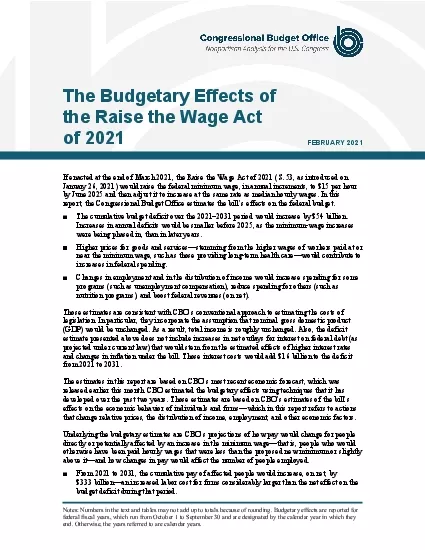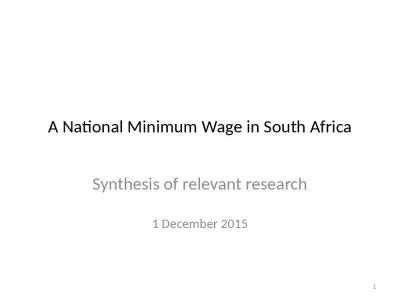PPT-Minimum Wage in Japan i nstitutional aspects and its consequences
Author : ellena-manuel | Published Date : 2018-03-15
Ryo Kambayashi Institute of Economic Research Hitotsubashi University Workshop on minimum wages Lessons from recent experiences and European perspectives 20 th
Presentation Embed Code
Download Presentation
Download Presentation The PPT/PDF document "Minimum Wage in Japan i nstitutional asp..." is the property of its rightful owner. Permission is granted to download and print the materials on this website for personal, non-commercial use only, and to display it on your personal computer provided you do not modify the materials and that you retain all copyright notices contained in the materials. By downloading content from our website, you accept the terms of this agreement.
Minimum Wage in Japan i nstitutional aspects and its consequences: Transcript
Download Rules Of Document
"Minimum Wage in Japan i nstitutional aspects and its consequences"The content belongs to its owner. You may download and print it for personal use, without modification, and keep all copyright notices. By downloading, you agree to these terms.
Related Documents


